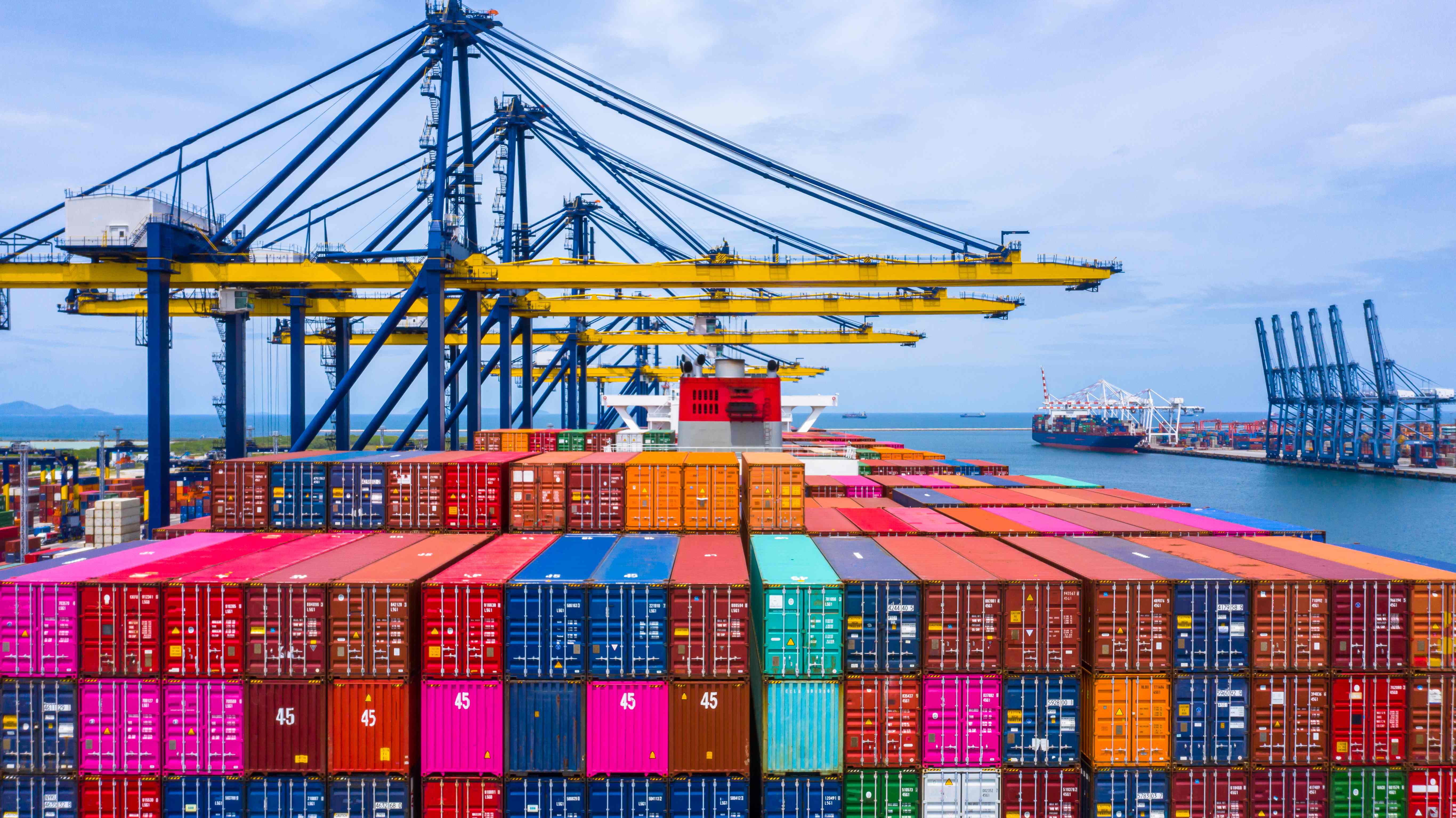Key Logistics Trends and Supply Chain Management in the Textile Industry



Summary: Logistics is an integral part of the clothing business. After the pandemic, businesses have become smarter by incorporating new technologies and strategies to manage their supply chain and logistics. Here are some of the key trends in the fashion industry's supply chains.
Logistics is the backbone of an organization’s supply chain, just as the supply chain is the structure on which a business is built and operated. The interesting part is that supply chain management as a function evolved from day-to-day logistics for operational efficiency. Textile industries and fashion brands with global procurement and distribution networks are increasingly relying on robust supply chains that are flexible, cost-effective and result-oriented.
There have been several noteworthy trends in supply chain and logistics that have made clothing businesses leaner yet competitive. Before we dive headlong into what’s latest in supply chain management, let us first find out how supply chain and logistics work in a hyper-connected world of buyers and sellers.
Supply chain and logistics in the apparel industry
Like all businesses, the textile industry also relies on a network of suppliers and distributors to get its products manufactured and shipped across the world. The textile industry was estimated to be worth $993.6 billion in 2021. With a projected annual growth rate of 4%, which is on the conservative side, the industry is already believed to have crossed the $1 trillion mark in the current fiscal.
Supply chain and logistics play a critical role in managing such a gargantuan network of stakeholders, which includes producers, manufacturers, warehousing and delivery partners. After the pandemic, the never-before thrust on the digitization of information saw the rise of data-aided logistical operations. Here are some of the breakthrough trends that are making supply chains and logistics more resilient and flexible.
Logistics Trends That Will Drive Supply Chains in Future
 From AI-powered data analytics for forecasting demands and rerouting supply chain assemblage to the evolution of AI and machine learning, the apparel industry is headed in a direction that is both futuristic and exciting. Here are the main trends in the management of supply chains and logistics in the clothing and apparel industry.
From AI-powered data analytics for forecasting demands and rerouting supply chain assemblage to the evolution of AI and machine learning, the apparel industry is headed in a direction that is both futuristic and exciting. Here are the main trends in the management of supply chains and logistics in the clothing and apparel industry.
1. Cloud Computing for Transparency and Real-Time Monitoring
The pandemic taught fashion brands that even the best of supply chains can be brought to a grinding halt. Enter cloud computing. Organizations are no longer banking on enterprise servers and platforms for managing their supply chains and logistics.
Brands are adopting cloud technology to access and feed data in real-time and monitor its effects on the go. This is a powerful tool that allows clothing brands to manage their product movement, scale up or down their production capacity, and cut down on storage in light of geopolitical developments.
2. Optimizing Inventory with IoT and 3D Printers
Inventorying is one of the core areas of a supply chain and logistics. With emerging technologies such as the Internet of Things (IoT) businesses are now able to embed their merchandise and equipment with information-sharing abilities. This revolutionary feature allows clothing companies to track their shipments and make on-spot warehousing decisions. On the other hand, 3D printing has accelerated cost-effective warehousing. Brands are looking at reduced warehousing space because they can simply print and ship a product or spares without having to stock up.
3. Shared Inventory as a Part of Elastic Logistics

Another trend that is making container shipping resilient and cost-effective is elastic logistics. Shipping giants such as FedEx and DHL are now going small. Surprised? No, they are not downsizing their operations. On the contrary, they are collaborating with small players and organizations with an established warehousing network to move merchandise from port to port and from port to the end-user. This includes partnering with post offices and online platforms. Shipping companies can now upscale or downscale their operations without losing precious capital due to a lack of business.
4. Blockchain-Enabled Verification and Decentralization of Supply Chain
Blockchain as a concept is taking over the supply chain and logistical operations by storm. Blockchain technology is being used by shipping companies and enterprise platform applications to manage the financial component of their supply chains and logistics better. Its unique and irreversible digital signature is being devised to bring transparency to digitized financial dealings. Reduced paperwork and elimination of third-party mediation for a more preferred client-to-client transaction are expected to bring down the cost of logistics for fashion brands.
5. Last-mile delivery with drones
An Australian drone-delivery company Swoop Aero got the unique distinction of making 1 million drone deliveries, recently. Drone delivery is finally beginning to make sense for smaller shipments that can be transported quicker and more reliably than by traditional modes of transport. Retail giants such as Walmart and Amazon are already incorporating drones in their shipping fleets for last-mile deliveries. Along with driverless technology, which is not far, the existing processes of supply chain and logistics will change forever.
Join The Movement With Intuitive AI-managed Supplies

The textile industry can leverage the current trends in supply chain and logistics to make the clothing businesses leaner yet competitive. The fact that many brands and manufacturers are increasingly relying on AI-powered supply chains that are flexible, cost-effective and result-oriented is a good indication that the apparel industry is moving towards a future-proof and robust business model.
Key takeaways
Technology and shared resource strategy is changing the landscape of supply chain and logistics. Tech-enabled data mining and algorithms are resulting in transparent, leaner and more resilient supply chain management.


















